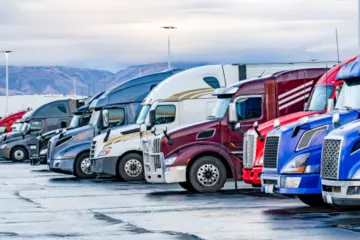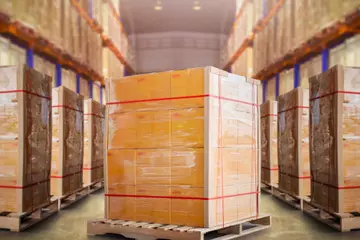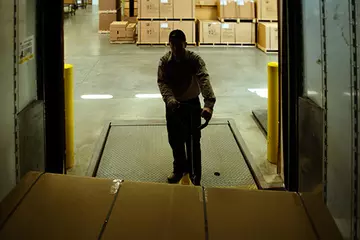Properly packed freight travels better. Here’s how to do it.
In a typical LTL journey, freight is loaded and unloaded multiple times before it reaches its destination. Each of these touchpoints can increase the risk of damage — especially if freight isn’t packed to withstand forklift handling, stacking and shifting in transit. But damage isn’t the only concern. Issues with packaging also can lead to reclassification, added accessorials and even rejected pickups.
If you want your freight to move smoothly through the network, it’s best to follow best practices from the start. Here’s what you need to know to get it right.
LTL packaging best practices
Follow these tips to keep your freight safe:
Know the minimum packaging requirements
The National Motor Freight Classification (NMFC) provides specific packaging requirements for each freight class. Following these rules helps ensure items receive adequate protection during loading, unloading, transit and warehousing. Learn more about freight classes.
Choose the correct external packaging
Selecting the right box, pallet or crate is an important step for preventing everything from crushed boxes to misplaced items. Keep in mind that the NMFC sets maximum loading weights for these packaging materials, so you should always verify that you’re following the appropriate guidelines.
Boxes
Corrugated cardboard boxes offer basic protection and keep items organized, which makes them a necessary component when packing freight. Several types and grades of boxes are available, and the option you choose will depend on NMFC specifications and your needs.
Pallets
Instead of shipping individual boxes, use a pallet to keep everything together and make it easier for forklifts to move your freight at the dock. When selecting a pallet:
- Make sure it hasn’t been damaged
- Check that the sides allow for forklift access
- Get the right size — freight should fit on the base with no overhang
Crates
Heavy or large items (or freight that needs more protection) should be fully crated. Crates can be custom built to fit non-standard freight and will provide additional security and strength.
Consider how it will impact loading
While freight safety should always be a priority, cost is another thing to consider when choosing shipment packaging. For example, freight that can be packaged to load vertically instead of horizontally will likely ship for less because the volume of space is reduced. Similarly, packaging freight on one pallet instead of two limits the occupied area and can lower your rates.
Use protective materials
After choosing the appropriate external packaging, you’ll need to use other materials to cushion freight and provide stability. Options include internal packaging such as bubble wrap, paper padding, foam cushioning and loose fill, and external support such as edge protection, plastic stretch wrap and straps.
Always be sure freight is securely attached to the pallet and that minimal movement will occur during handling and transit.
Label the shipment correctly
All LTL freight should be labeled before pickup. Each piece needs to clearly indicate the shipper’s and consignee’s name, phone number and address, and any precautionary labels should also be applied (and marked on the Bill of Lading when appropriate).
To prevent labels from coming off the freight, secure them with adhesive, staples or shrink wrap. If the label will not adhere to the item, use a tag.

Our freight packaging service
If you have a prototype package you need evaluated or have additional questions about packaging requirements, ABF Freight’s freight packaging engineering and material handling department can provide assistance. Our packaging engineers are trained to optimize designs to reduce the risk of damage and eliminate some material costs. They can also assess packages and confirm if they meet minimum NMFC requirements.
Get in touch to learn more about our packaging services and how they can benefit your business.
Want more tips? Download our comprehensive packaging guide.
Schedule an LTL shipment
Reliable transportation, simplified invoicing and end-to-end visibility are just a few of the benefits ArcBest® provides LTL customers. If you’re ready to book a shipment, use our online LTL quote form to get started.








